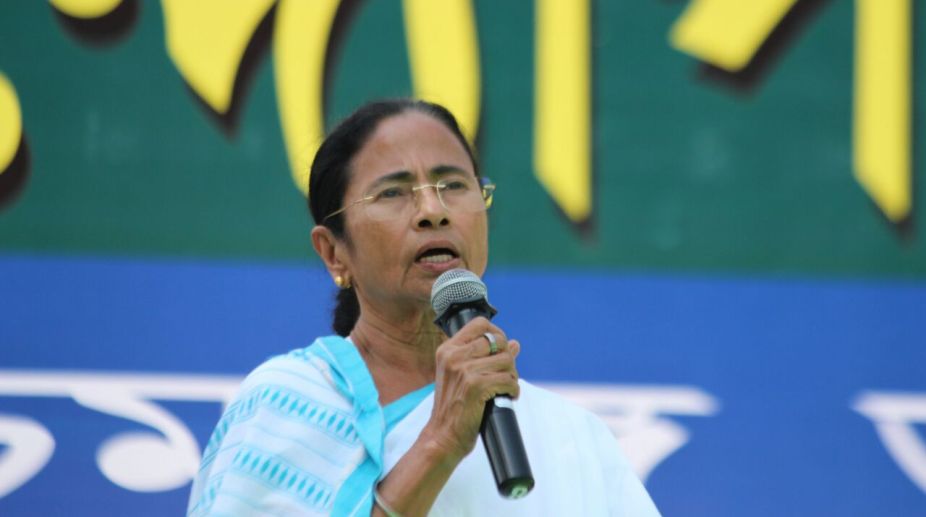Mamata unhappy with RG Kar verdict
Chief minister Mamata Banerjee today voiced her dissatisfaction with the court’s verdict in the RG Kar rape and murder case.
West Bengal has been one of the few states which have managed to drastically reduce both maternal and infant mortality rates.

Mamata Banerjee (Photo: Twitter/@AITCofficial)
West Bengal Chief Minister Mamata Banerjee took to Twitter on Sunday to greet mothers on the Mother’s Day. The Trinamool Congress chief, who is known as a prolific user of social media, also highlighted a key achievement of her government towards ensuring maternal health.
“Greetings to all on the occasion of Mothers’ Day. You will be happy to know that Mother and Child Hubs (MCH) have been set up in Bengal. There has been a significant decline in maternal mortality in the State,” she wrote.
Advertisement
“For providing options for safe delivery to those mothers who stay in areas too far for accessing hospitals, the State Government has constructed fully manned and properly equipped Waiting Huts,” added the 63-year-old Banerjee.
Advertisement
For providing options for safe delivery to those mothers who stay in areas too far for accessing hospitals, the State Government has constructed fully manned and properly equipped Waiting Huts 2/2
— Mamata Banerjee (@MamataOfficial) May 13, 2018
What are MCH and Waiting Huts
In 2015, the West Bengal government sanctioned around Rs 75 crore for setting up a 300-bed mother and child hub at the state-run Calcutta National Medical College Hospital (CNMCH) in Park Circus area.
In 2017, the government announced the formation of four Mini Mother and Child Hubs at a cost of Rs 12 crore in three districts of Bengal – Malda, Murshidabad and Jalpaiguri.
The announcement of the 50-bed mini hubs was made after the government said that it has started six full-fledged hubs in Uluberia, Murshidabad and Nadia District Hospitals, and at the Calcutta, Bankura Sammilani and Malda Medical College and Hospitals.
Banerjee’s government also launched ‘waiting hubs’ for pregnant women in remote islands of the Sunderbans in 2016.
“For the first time in Bengal, we have started with a new concept of setting up waiting hubs for expecting mothers in the rural hospitals of far-flung areas of Sunderbans like Gosaba, Pathar Pratima and Sandeshkhali,” the CM had then said in a post on her Facebook page.
The huts are designed to help pregnant women in remote areas wait for a few days ahead of delivery and overcome the challenge of providing safe motherhood in geographically remote locations.
“The basic objective behind this new endeavour is to keep the expecting mothers in these hubs seven to 10 days ahead of their expected date of delivery and move them to hospital when delivery time advances,” she had said.
IMR and MMR in West Bengal
West Bengal has been one of the few states which have managed to drastically reduce both maternal and infant mortality rates.
The state’s IMR per 1000 live births stood at 25 in 2016, well below the national average of 34. In 2016, the IMR was 28. It was 32 in 2011 – the year Banerjee came to power.
On the other hand, the MMR per 1,00,000 live births in the state stood at 113 for the 2011-13 period during which India’s average was 167.
Advertisement